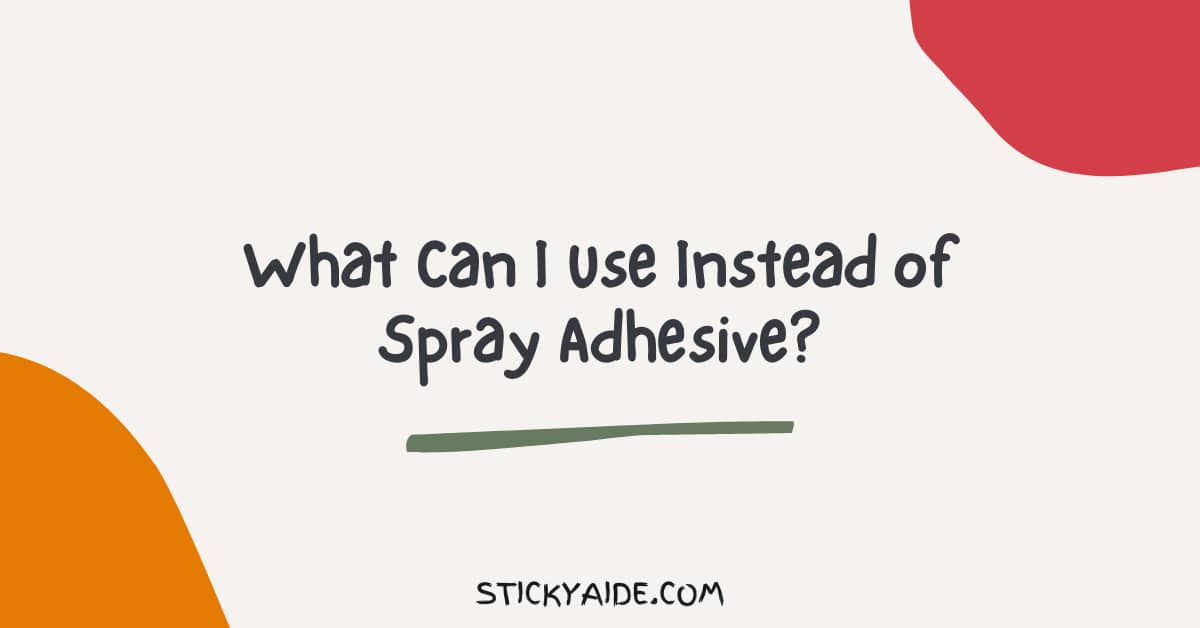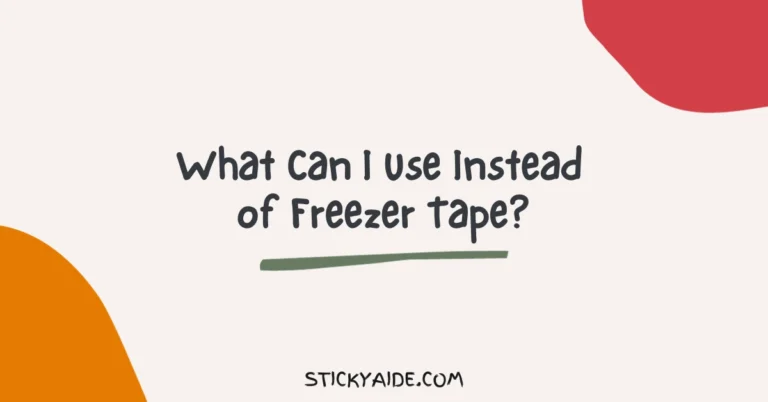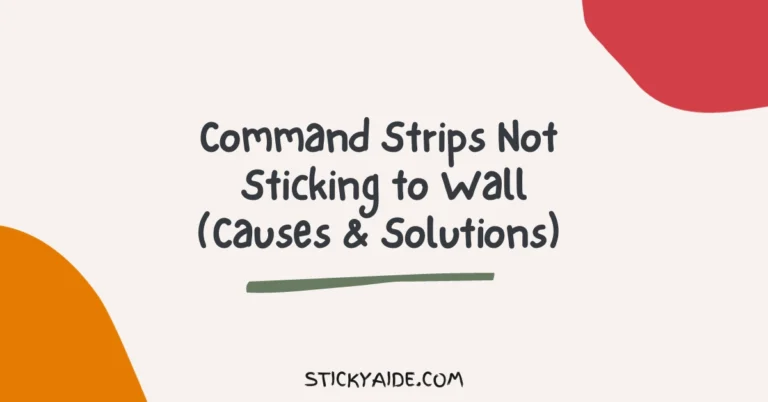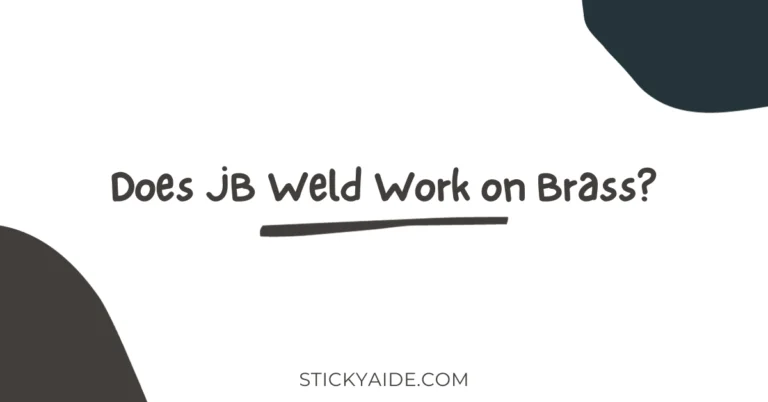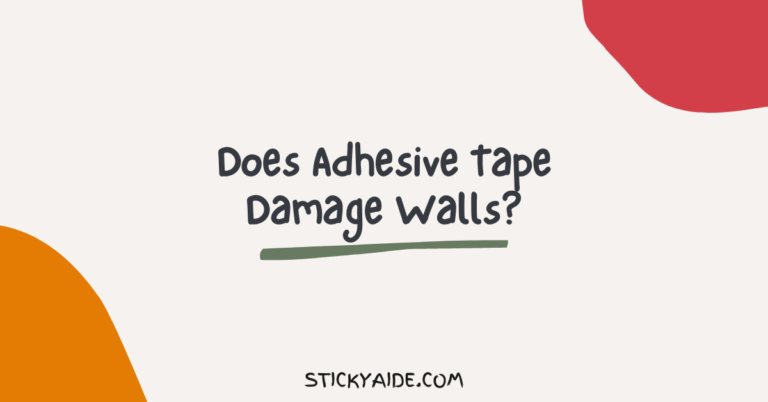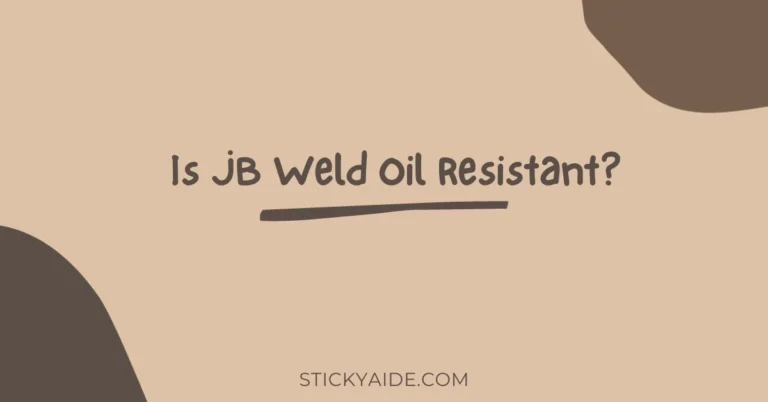If you’re looking to glue something together and don’t have access to spray adhesive, don’t worry! Plenty of other options will get the job done just as well. The key, though, is to choose materials that will be compatible with whatever you’re gluing, so keep that in mind as you go through this list of alternatives to spray adhesive.
Read More: How To Use Spray Adhesive on Paper?
What Can I Use Instead of Spray Adhesive?
When you need to adhere two surfaces together, there are a few things to remember. Before applying glue to your project, consider: You may be surprised by how many different glues are available for DIY projects.
Some are safer than others, and some are more versatile regarding application methods. Here’s a breakdown of various adhesives. Keep these tips in mind when you’re planning your next project!
1) Super Glue
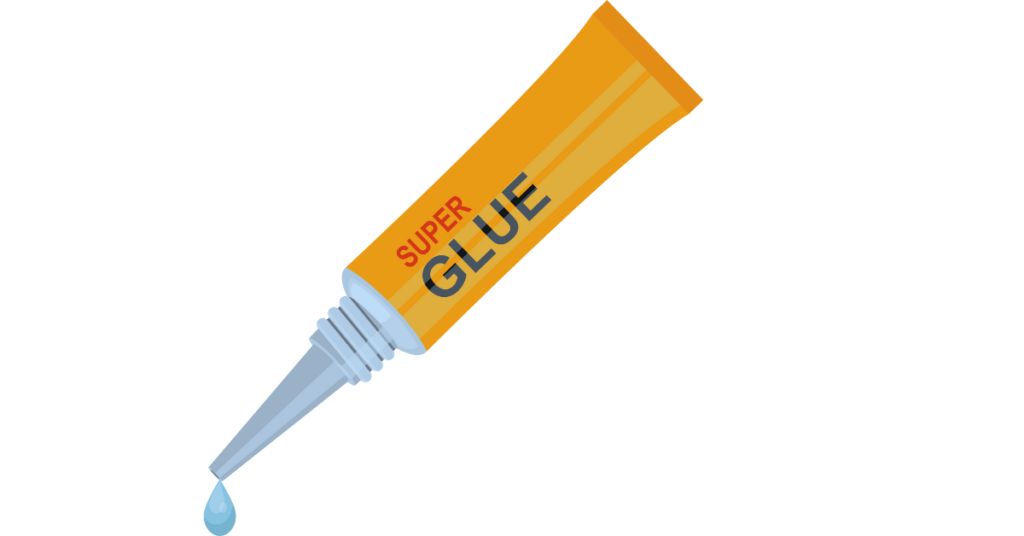
Super glue is an excellent all-purpose adhesive, but it can be hard to control and keep in place. If you find yourself trying to apply super glue and then needing to redo it immediately, there are better options.
One option is Krazy Glue Quick-Drying Super Glue; while it doesn’t dry clear like some spray adhesives, it dries clear in just minutes and holds together stronger than most other adhesives on our list.
Another good alternative is Liquid Nails; as a gel adhesive, Liquid Nails is thicker than standard super glue, making it easier to work with and less likely for your work area (and skin) to get messy.
2) Hot Glue Gun
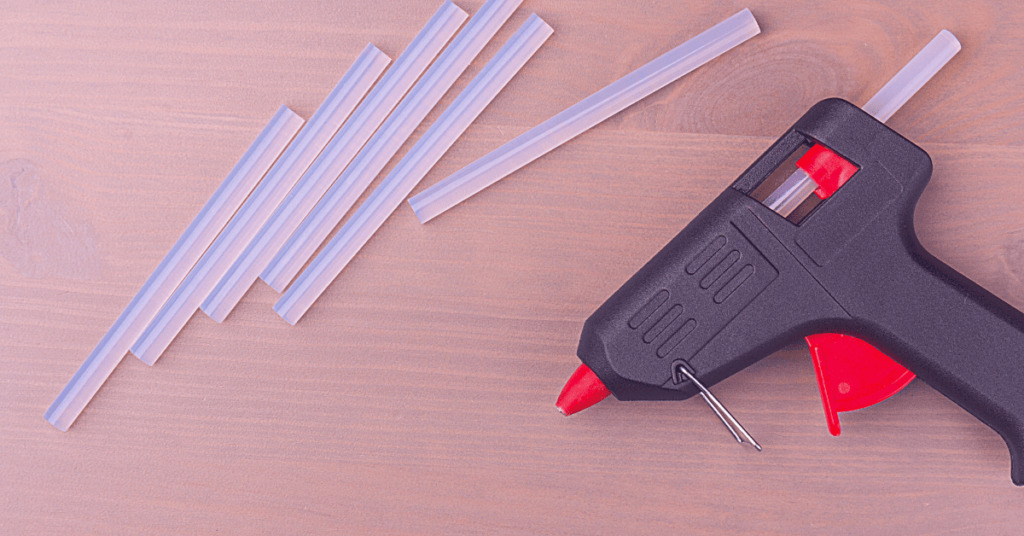
A hot glue gun works well as a quick, temporary solution. Just be sure to use it in a well-ventilated area or keep it away from open flames (obviously). However, hot glue guns don’t cut for long-term bonding jobs.
They’re great for plastic and styrofoam crafts—anything that won’t melt or warp under extreme heat. But when you need something sturdy and reusable like fabric or wood, you’ll have much better luck with spray adhesive.
Read More: Spray Adhesive vs. Contact Adhesive
3) Masking Tape
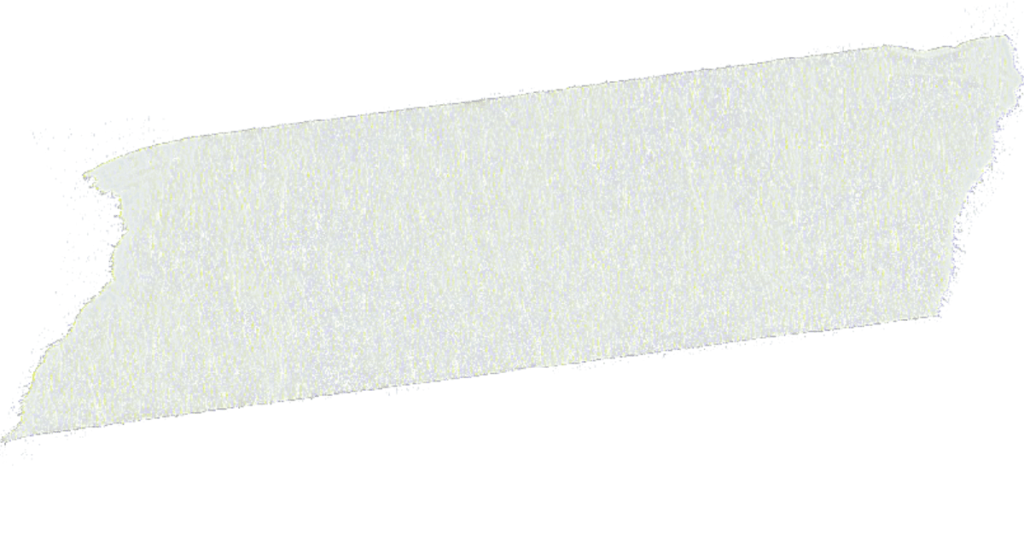
Masking tape is great for quick, light projects like masking off an area during a paint job. Plus, it’s cheap. For example, a standard 6-inch by the 10-foot roll of blue painter’s tape at any hardware store will run you less than $3.
While masking tape is perfect for smaller projects, it won’t adhere well to anything that curves or bends — and for bigger projects like frames or cabinets, you might find yourself running out of adhesive before you’re done.
Another downside to masking tape is that it often leaves behind a sticky residue on your surfaces.
4) Wood Glue
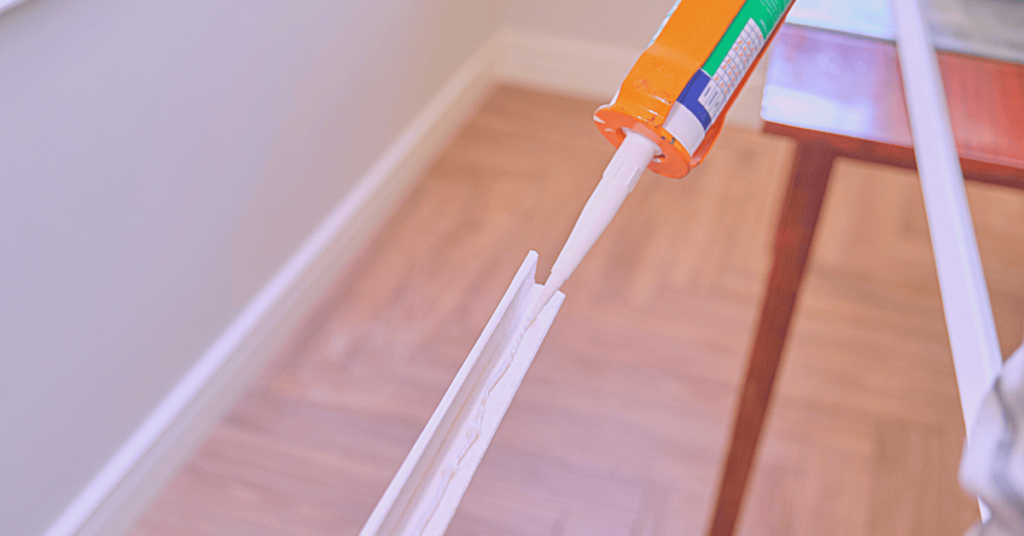
A wood filler may be a good option if you don’t want your item permanently attached to another. When dry, it is hard and durable but will flex and move when you want to separate them. Keep in mind that some fillers shrink as they dry, so ensure that’s taken into account when applying it.
Also, remember that you can use glue with some fillers, but not all of them. Be sure to do your research first!
5) Rubber Bands

Rubber bands can be used as an alternative to spraying adhesive. Stretch a rubber band and place your object on top; as you release it, your object will remain in place. However, rubber bands don’t work well for heavier objects or anything that needs to be put for long periods.
Read More: Can I Use Spray Adhesive for Wallpaper?
Can you use hairspray as adhesive?
Technically, no. Hairspray is not a permanent adhesive, meaning it will dissolve and become gummy over time. Hairspray will not effectively secure an item over time when you’re looking for a strong adhesive to bond items together.
If you are looking for alternative adhesives instead of spray adhesive, try using epoxy-based super glue or high-quality duct tape. Both work well at sticking materials together and will stay durable through wear and tear (up to two years).
Last Opinion
There are a lot of factors to consider when choosing your spray adhesive, and it’s not a decision you should take lightly. There are trade-offs with spray, lacquer, solvent, etc., so choose wisely. Try testing adhesives for different applications and see what works best for you.
For example, using hot glue as an alternative to epoxy or methacrylate might be better if time is tight and mistakes aren’t acceptable. It also dries clear, so there is no need to paint over the area.
So there are a lot of considerations before picking out your spray adhesive, but in the end, you want to find one that will work best for you and your project!

